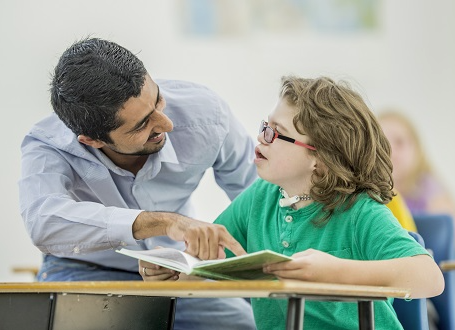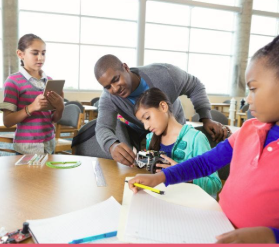Introduction
Personalized learning offers a powerful way to meet the diverse needs of students with special needs. By tailoring instruction to individual abilities, interests, and learning styles, educators can create inclusive environments where every learner is supported and empowered. Personalized strategies help ensure that students with different abilities can thrive academically, socially, and emotionally.
1. Understanding Individual Strengths and Needs
Effective personalized learning begins with a thorough understanding of each student’s profile. This includes their cognitive, emotional, and physical abilities, as well as communication preferences and sensory sensitivities. Teachers should collaborate with families, specialists, and the students themselves to gather valuable insights.
2. Creating Supportive Learning Environments
A welcoming and adaptable learning environment is key to student success. This may include quiet spaces for focus, sensory tools, or assistive technology. Structuring the classroom to reduce distractions and promote comfort helps students feel safe and ready to learn.
3. Using Individualized Education Plans (IEPs) as a Foundation
Personalized learning plans for students with special needs should build on existing IEPs or 504 Plans. These legal documents outline specific goals, accommodations, and services. Teachers can use these guidelines to shape day-to-day instruction, track progress, and ensure consistency.
4. Integrating Assistive Technology
Technology can enhance access to learning by providing alternative ways to interact with content. Tools such as text-to-speech software, speech recognition, visual organizers, and adaptive keyboards support learning and promote independence. When chosen carefully, technology becomes an effective bridge to understanding.
5. Offering Multiple Means of Engagement and Expression
Personalized learning encourages diverse ways of participating in lessons and demonstrating understanding. Students with special needs may benefit from visual aids, hands-on projects, storytelling, or collaborative activities. Providing choices helps students feel more confident and capable.
6. Maintaining Strong Communication and Collaboration
Open communication between teachers, support staff, families, and students ensures that personalized learning remains aligned with evolving needs. Regular check-ins, progress reviews, and goal adjustments help maintain momentum and address any challenges early.
Conclusion
Personalized learning is a meaningful and inclusive approach that recognizes the unique potential of students with special needs. By building on strengths, accommodating challenges, and fostering positive relationships, schools can create environments where all learners feel respected and motivated. With thoughtful planning and compassionate teaching, personalized strategies can support lifelong growth and success for every student.














